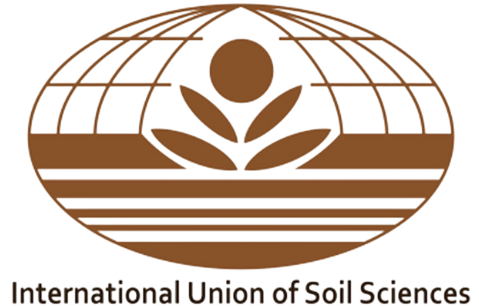This prize is awarded every 4 years by IUSS Commission 2.5 in recognition of significant contributions to advancing the understanding of the interactions between soil minerals, soil organic matter, and soil organisms.
Background
Dr. Pan Ming Huang was a Professor and Professor Emeritus, Department of Soil Science, University of Saskatchewan. He passed away on 13 September 2009 in Saskatoon, Saskatchewan. He joined the University of Saskatchewan in 1965, starting what was to be a distinguished career spanning 44 years. His research interests were broad and he was a prolific writer, publishing nearly 300 journal articles, book chapters and books. His contributions to soil and environmental science were recognized nationally and internationally, and he received both the University of Saskatchewan Distinguished Researcher Award (1997) and the Soil Science Research Award of the SSSA (2000). He was a Fellow in the Canadian Society of Soil Science, Soil Science Society of America, American Society of Agronomy, the American Association for the Advancement of Science, and the World Innovation Foundation.
Dr. Huang was an eminent scholar, a great educator, a man of vision and extraordinary leadership. For his scientific output, Dr.Huang enters into the history of Soil Science as one of the best scientists of Soil Science of the last Century. Particularly important are his contributions to facilitate the scientific progress in Soil and Environmental Sciences promoting the collaboration among soil chemists, soil biochemists, soil mineralogists, soil microbiologists and environmental scientists. To facilitate this collaboration, he was the founding Chair of both the Working Group “Interactions of Soil Minerals with Organic Components and Microorganisms” (ISMOM) and Commission 2.5 Soil Physical/Chemical/Biological Interfacial Reactions of the IUSS.
He was instrumental in promoting worldwide research leading to integration of knowledge on mineral colloids, organic matter, and microorganisms, and its impact on agricultural production, environmental sustainability, and ecosystem health. The research work of Dr. P.M. Huang’s significantly advanced the frontiers of knowledge on the formation, chemistry and the nature and surface reactivity of mineral colloids, organic matter, and organo-mineral complexes of soils and sediments and their role in the dynamics, transformations, and fate of nutrients, toxic metals, and xenobiotics in terrestrial and aquatic environments.
It was awarded for the first time during the 7th ISMOM-CSSS-AQSSS in Montreal, Canada, in July 2015, in the presence of the family of Ming Huang. The symposium series existed before the creation of the Commission and Ming was closely involved in the organization of each of the symposia up to his death in 2009.
Criteria for selection of nominee
The successful candidate will be elected in recognition of his/her scientific research, or a publication that is deemed to have made significant contributions to advancing the understanding of the interactions between soil minerals, soil organic matter, and soil organisms. Publications may include books, book chapters, review articles, or peer reviewed research articles published in a scientific journal. Publication must have been printed (on the web or in print) for at least 4 years, so as to permit sufficient time for the Award Committee to evaluate its impact.
Preference will be given to young or mid-career candidates, and to candidates who have been active in ISMOM, the International Symposium on Interactions of Soil Minerals with Organic Components and Microorganisms.
Periodicity of nomination
The Pan Ming Huang Prize is awarded once every four years at the International Symposium on Interactions of Soil Minerals with Organic Components and Microorganisms (ISMOM).
Nomination procedure
Individuals or scientists from any university, government, scientific association or industry are welcome to nominate a deserving individual as a candidate for receiving the P.M. Huang Prize 2025. Nominators are encouraged to inform nominees of their nomination, and they may write the application together.
What information needs to be provided in the nomination?
- The candidate’s name, position and contact information.
- A copy of the candidate’s Curriculum Vitae.
- List of the five most important publications authored by the nominee that in the nominator’s opinion had a significant impact in the focus areas of ISMOM.
- An explanation what the candidate has accomplished and of how this has contributed to the scientific endeavors of ISMOM (Maximum of one page, 12-point is good).
- Name, position and contact information for nominator.
What will happen to the nomination?
An Awards Committee of scientific experts will establish the reach and impact of contributions made by all candidates. The Awards Committee will report to the ISMOM Conference Chair the name of the successful candidate that is to receive the P.M. Huang Award, and list those that applied but were not successful. The selected scientist will be awarded during the next ISMOM (International Symposium on Interactions of Soil Minerals with Organic Components and Microorganisms).
Award Committee Members
The selection committee of the Pan Ming Huang Prize is comprised of the current Chair of Commission 2.5 and 3 or 4 members of the Scientific Committee of the forthcoming ISMOM, having close contact with the IUSS and ISMOM, chosen by the Conference Chair.
Awardees
2019: Dr Rota Wagai, National Agriculture & Food Research Organization, Japan
2015: Dr Myrna Simpson, University of Toronto, Canada

